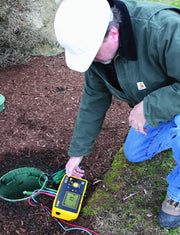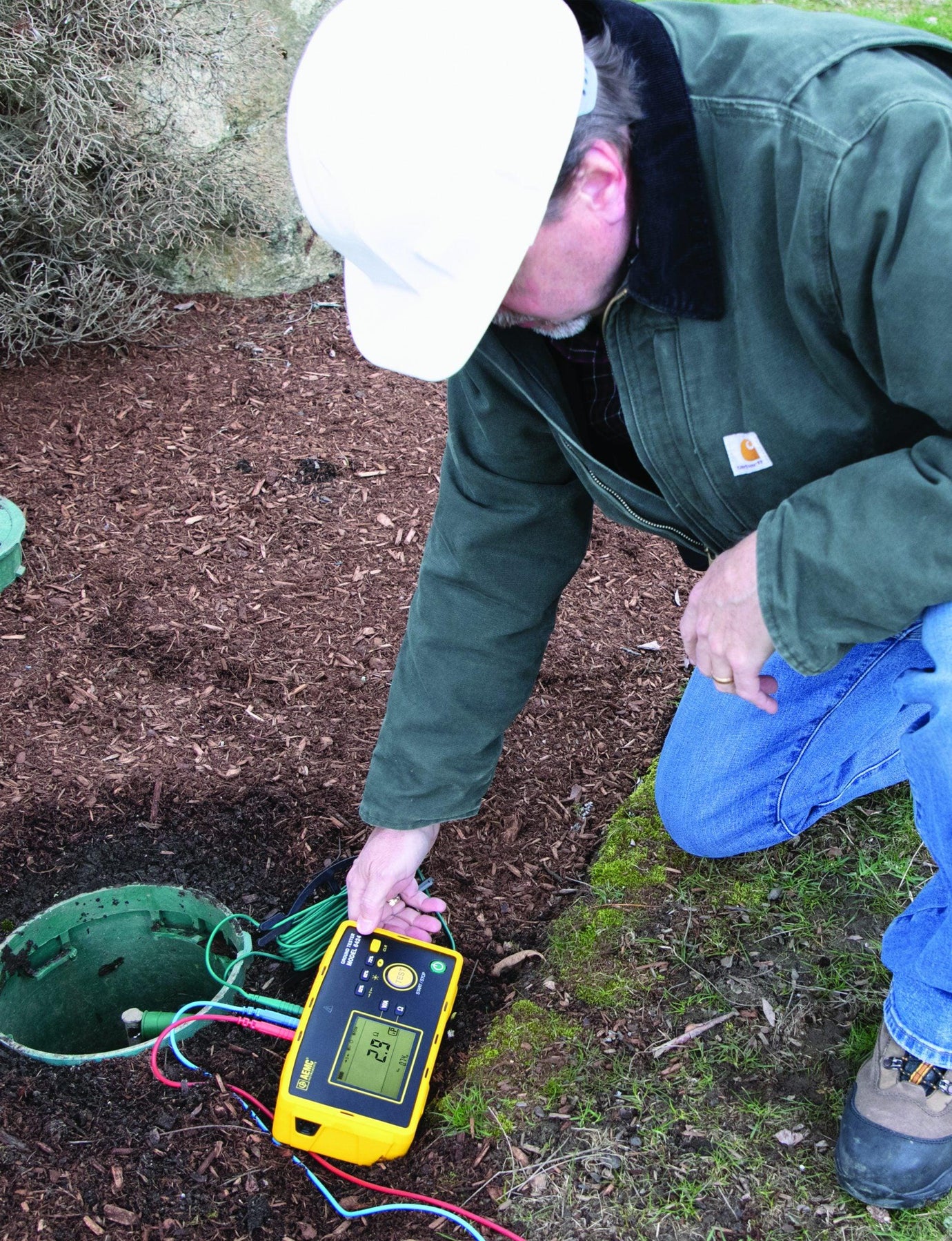Debunking Common Misconceptions of Grounding and Bonding
Misconception 1: Grounding and Bonding are the Same
While both contribute to electrical safety, grounding and bonding serve different purposes. Grounding refers to the connection of an electrical system to the earth to stabilize voltage levels, while bonding ensures a low-resistance path between metallic parts of an electrical installation to prevent voltage differences.
Misconception 2: All Structures are Adequately Grounded
Many believe that all buildings are effectively grounded. However, ground conditions, the age of the structure, and the quality of the initial installation all affect grounding efficacy. It's essential to have your system checked by a professional to ensure effective grounding.
Misconception 3: More Ground Rods Equal Better Grounding
Adding more ground rods does not always improve grounding. The effectiveness depends on the rods' placement, the soil's conductivity, and the quality of the connections.
Misconception 4: Bonding is Only Necessary for Metal Structures
Although metal structures do require bonding to prevent electric shock, bonding is essential in all types of buildings to ensure safe, continuous electrical paths.
Misconception 5: NEC Requirements are Excessive
The National Electrical Code (NEC) requirements are not arbitrary rules but essential guidelines based on rigorous safety and scientific research. Adhering to NEC guidelines is crucial for electrical safety.
Misconception 6: DIY Grounding and Bonding is Adequate
DIY solutions for grounding and bonding are generally not recommended due to the complexity and the risks involved. Professional electricians have the knowledge and experience to install and maintain these systems safely.
Conclusion
Misunderstandings about grounding and bonding can lead to unsafe conditions and ineffective systems. By debunking these misconceptions, we hope to encourage informed decisions that prioritize safety and effectiveness in your electrical systems.










